Top 14 Superfoods You Should Eat Every Day to Sleep Better

Sleep is crucial to health—and certain foods can encourage restful sleep at night. "Food relates directly to serotonin, a key hormone that — along with vitamin B6, B12 and folic acid — helps promote healthy sleep," dietitian Kristin Kirkpatrick, RD, tells the Cleveland Clinic. Here are 14 superfoods to eat every day for optimum sleep quality.
Pumpkin Seeds
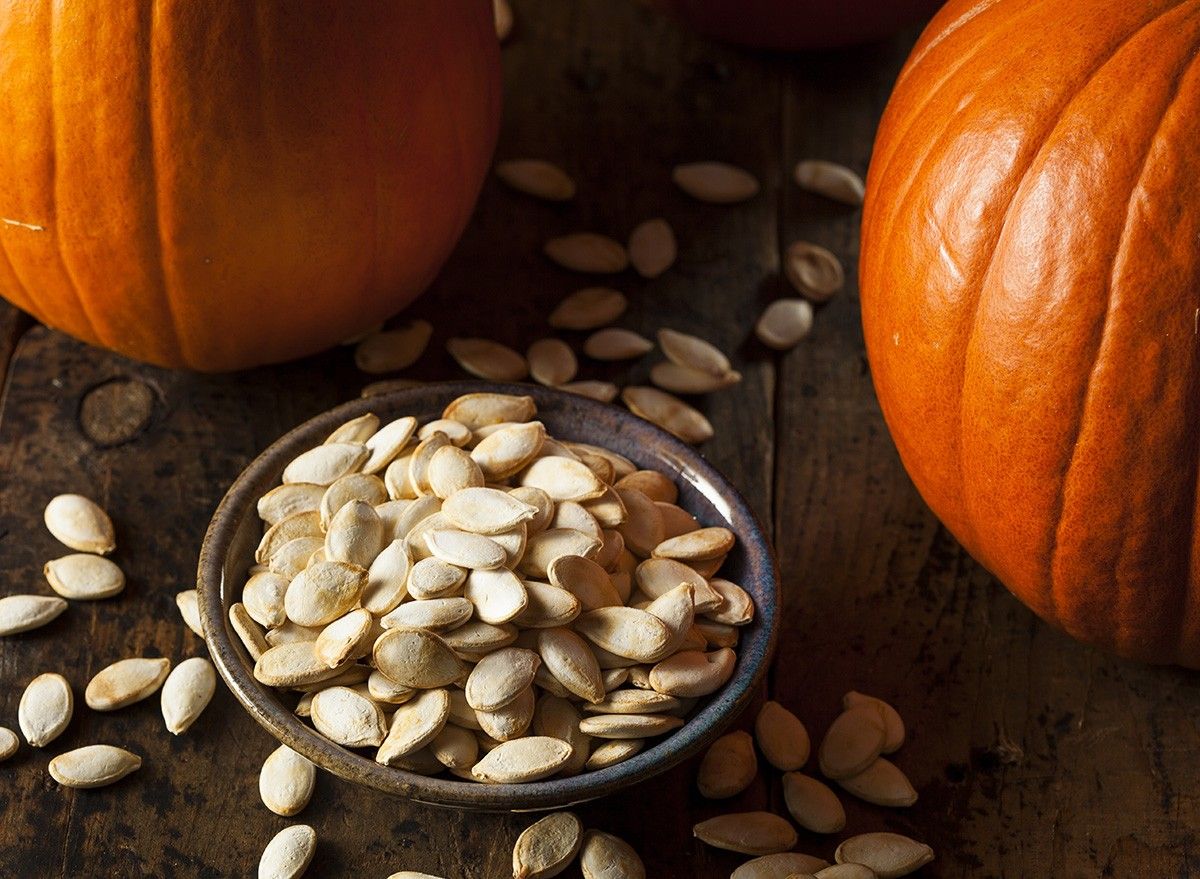
Pumpkin seeds are rich in magnesium, which is good for sleep. "Magnesium activates the neurotransmitter GABA [gamma-aminobutyric acid], which helps calm the nervous system," registered dietitian Samantha Cassetty tells AARP. "Magnesium is part of the mechanics that relax your brain and body so you can fall asleep at night."
Tart Cherries
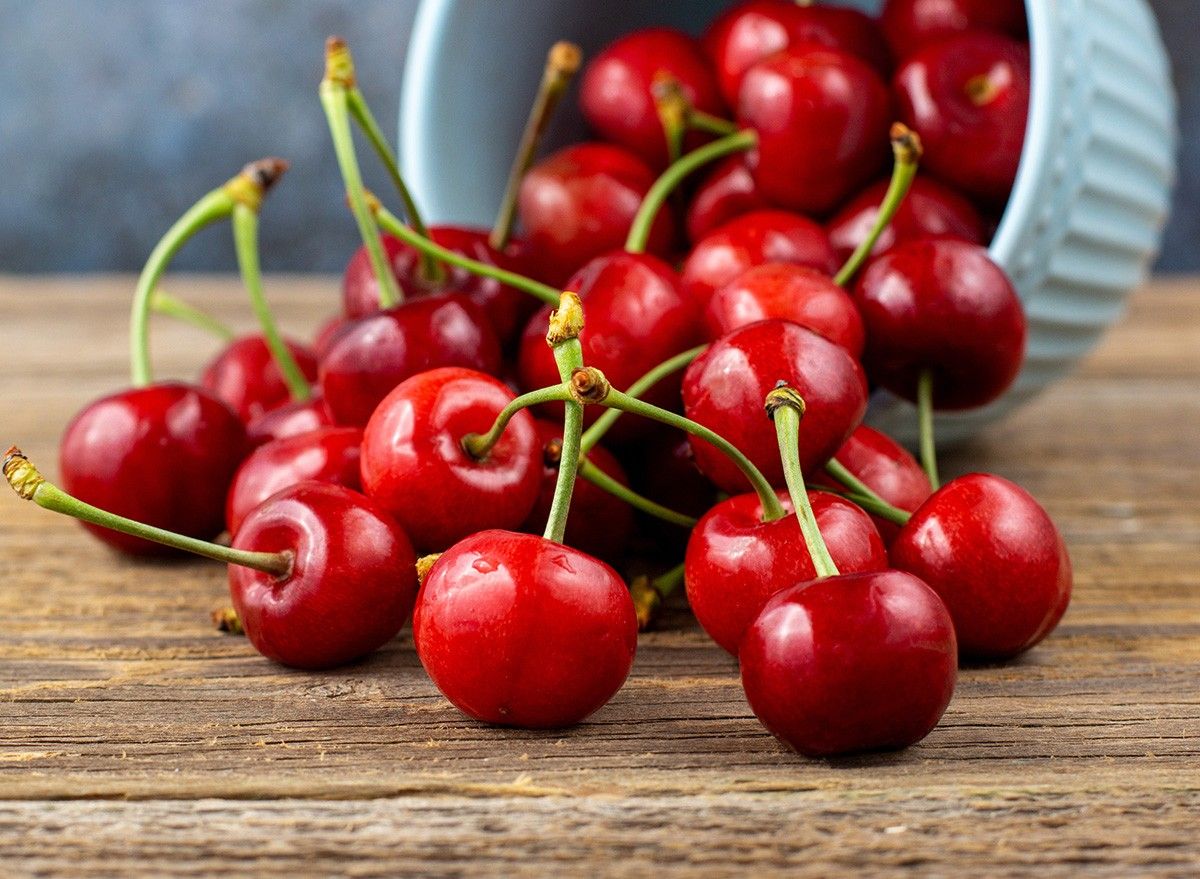
Tart cherries are the perfect evening snack to encourage restful sleep. "Tart cherries have a high dietary melatonin concentration and have also been shown to exhibit anti-inflammatory characteristics that may be beneficial in improving sleep quality," registered dietitian Kristine Dilley tells AARP.
Fatty Fish
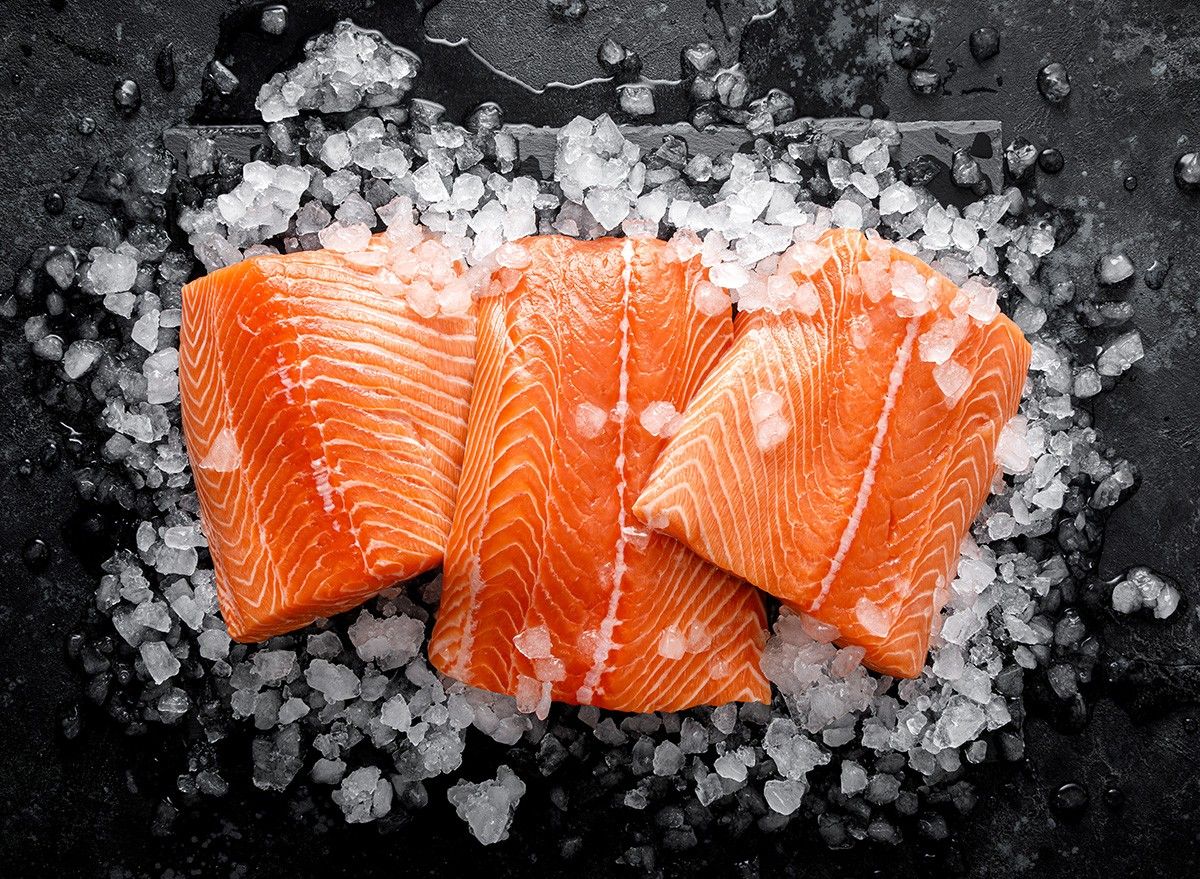
Fatty fish such as salmon, anchovies, and sardines are beneficial for sleep. "Research suggests omega 3 fatty acids from regularly consuming fish may boost your sleep quality, help you fall asleep more quickly and improve your daytime performance," Michael J. Breus, PhD, says via Psychology Today.
Kiwi Fruit
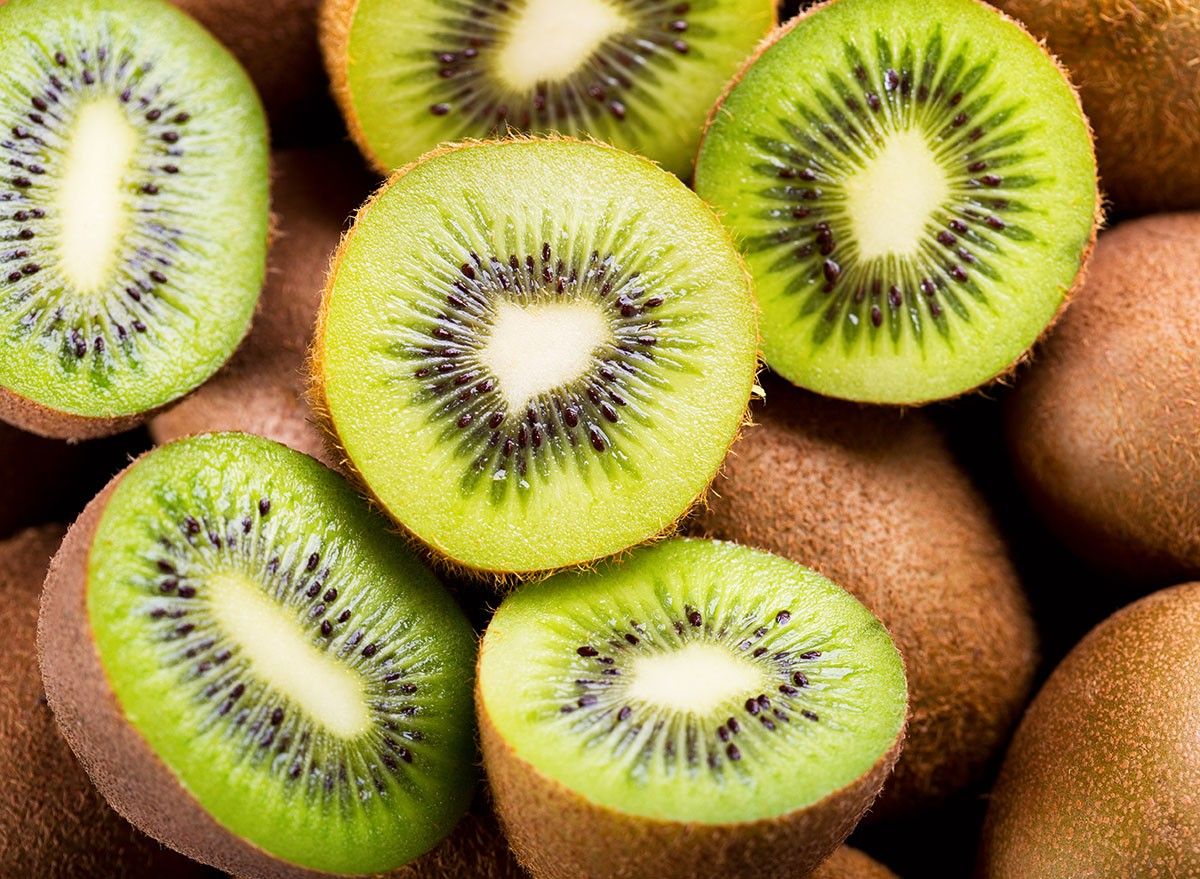
Kiwi fruits are known for their sleep-enhancing qualities. "There are a couple of characteristics of the fruit that may make it a strong sleep-promoting food: its high antioxidant levels and its high serotonin levels," Dr. Breus says via Sleep Doctor. "The same antioxidant properties that provide so many other health benefits also may help to improve sleep."
Rice
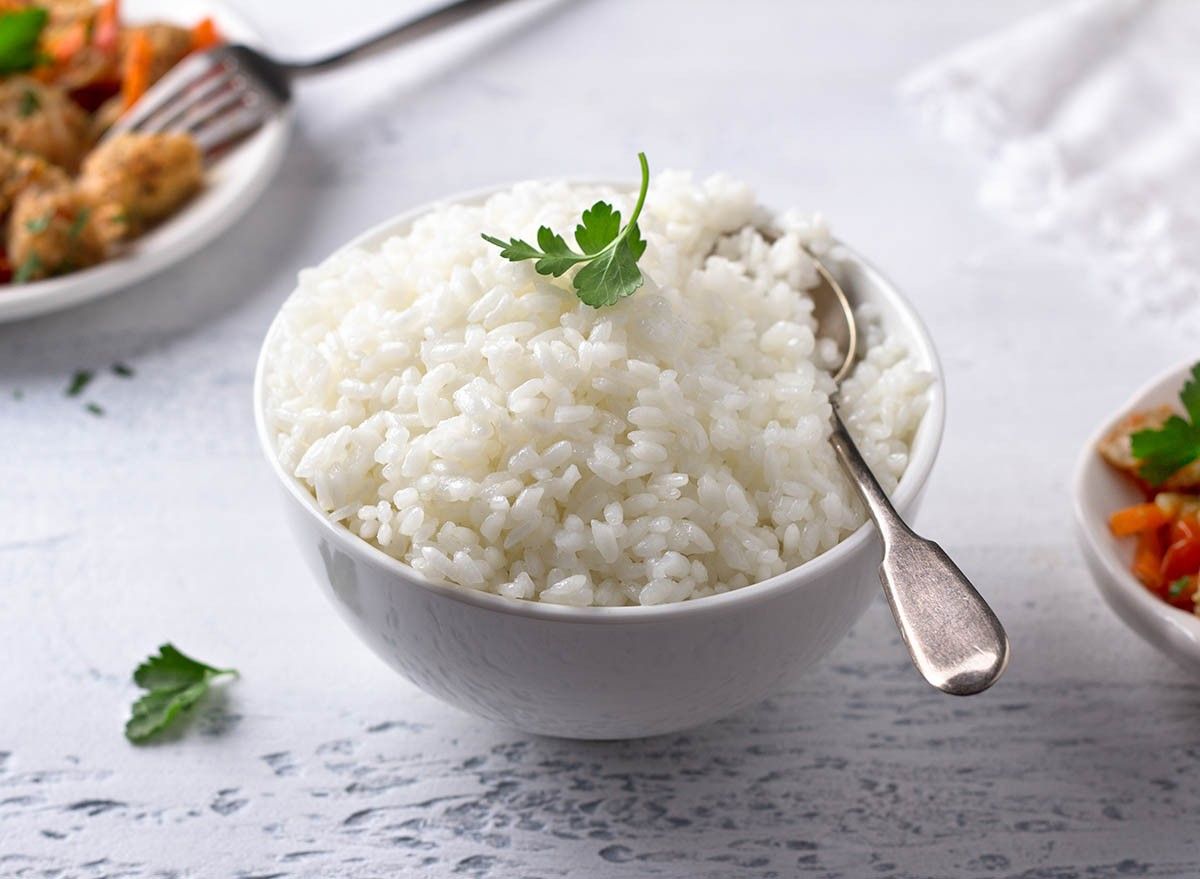
Fiber-rich rice could help with sleep quality. "In a study published in the Journal of Clinical Sleep Medicine, eating a higher-fiber diet was associated with less nighttime awakenings and more restorative slow-wave sleep," Dilley says.
Nuts
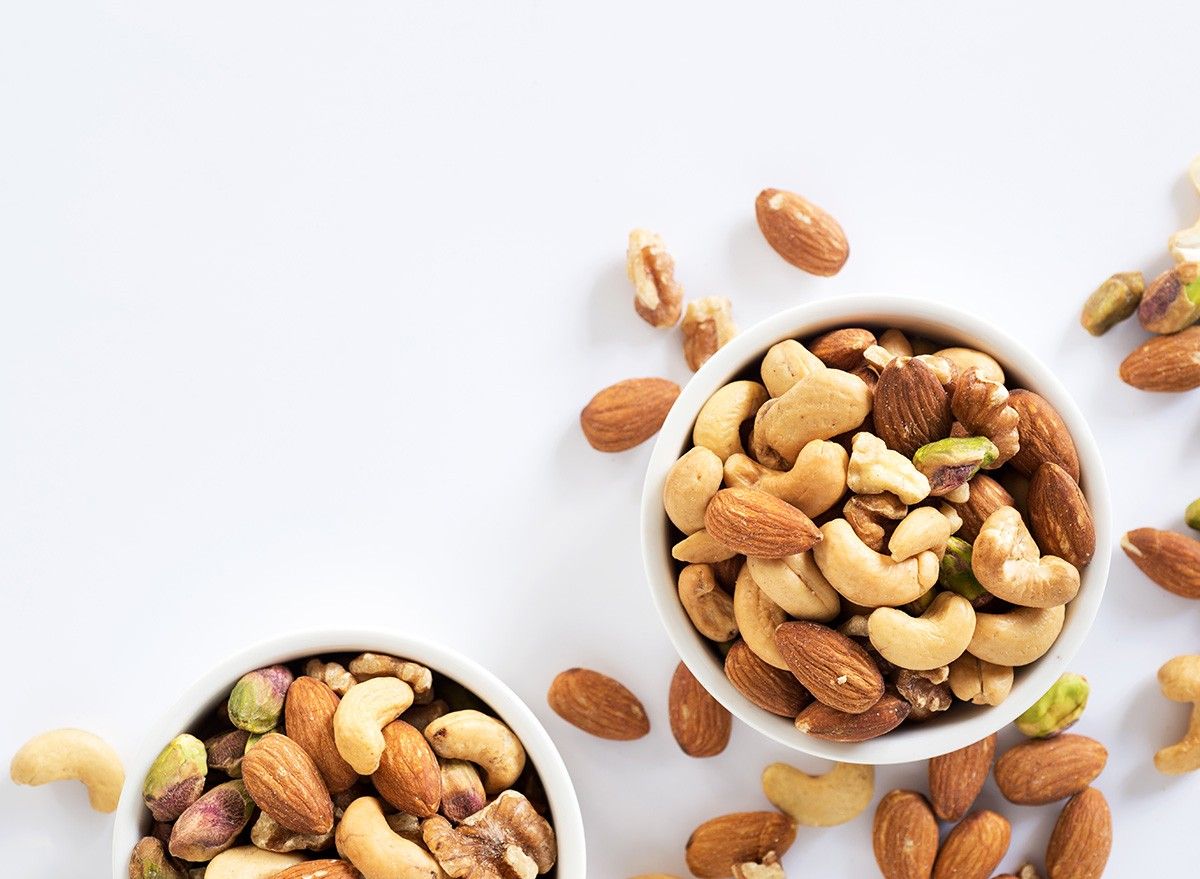
"Almonds are another winner as they contain magnesium which promotes both sleep and muscle relaxation," says The Sleep Charity UK. "They have the added benefit of supplying proteins which help maintain a stable blood sugar level while sleeping and switch the body from alert adrenaline cycle to rest-and-digest mode."
RELATED: What Happens to Your Body When You Stop Eating on the Go
Bananas
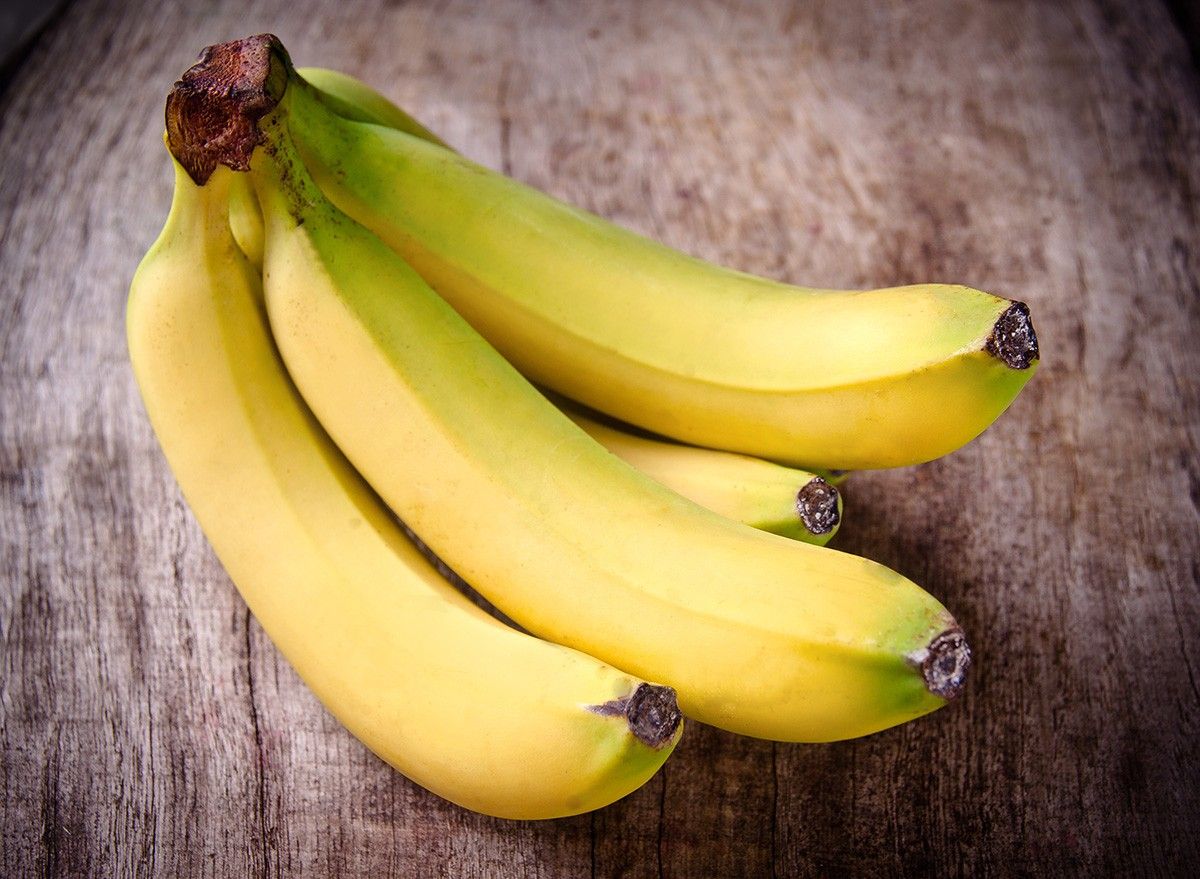
"Bananas are an excellent source of magnesium and potassium, which help relax overstressed muscles and make them an ideal go-to snack before bed," says The Sleep Charity UK. They also contain all-important tryptophan to stimulate production of those key brain calming hormones."
Cottage Cheese
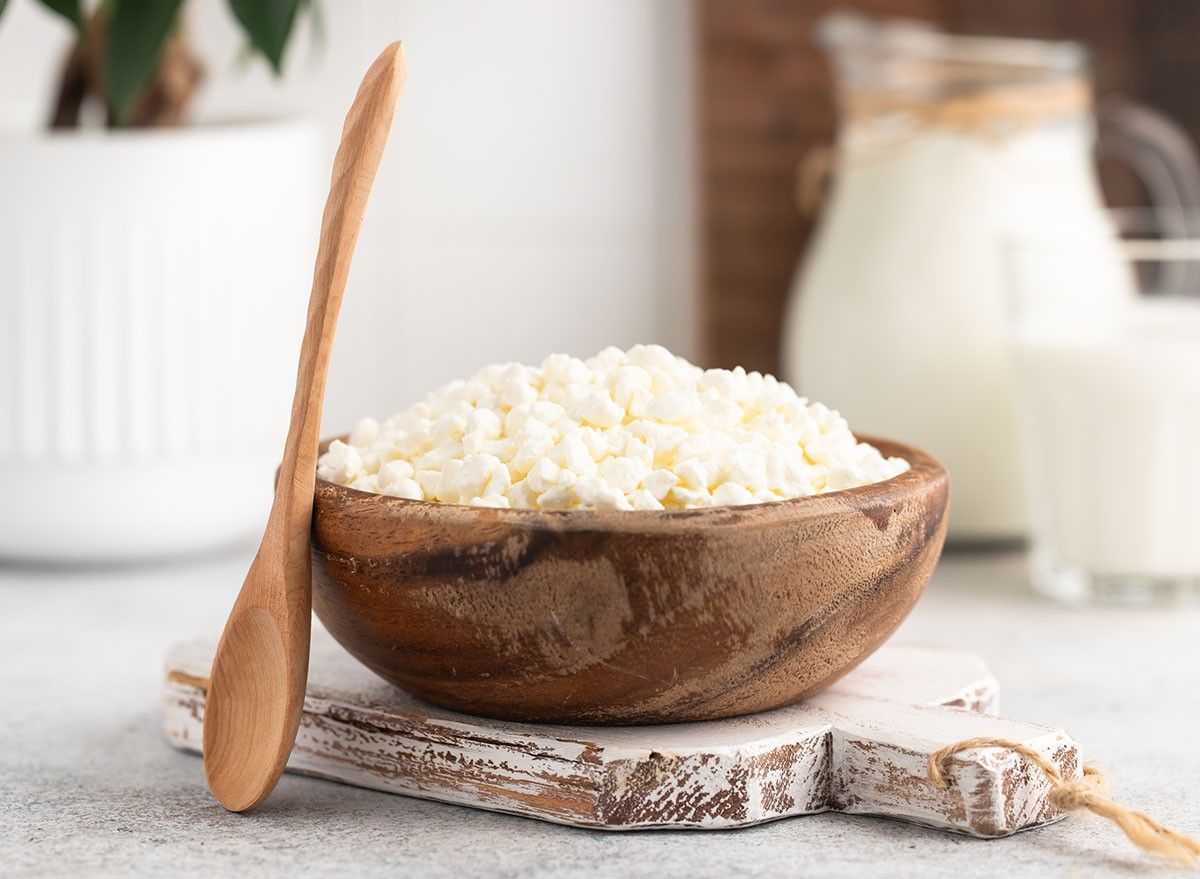
Cottage cheese with fruit is a great light evening snack to promote good sleep. "Cottage cheese with fruit is another carbohydrate/protein combo that can boost serotonin," Molly Kimball, RD, CSSD, tells Ochsner Health. "Additionally, cottage cheese contains a lot of casein – a slow-digesting protein that will keep you feeling fuller for longer. Added bonus: it helps prevent the natural breakdown of valuable muscle mass while you sleep."
Complex Carbohydrates
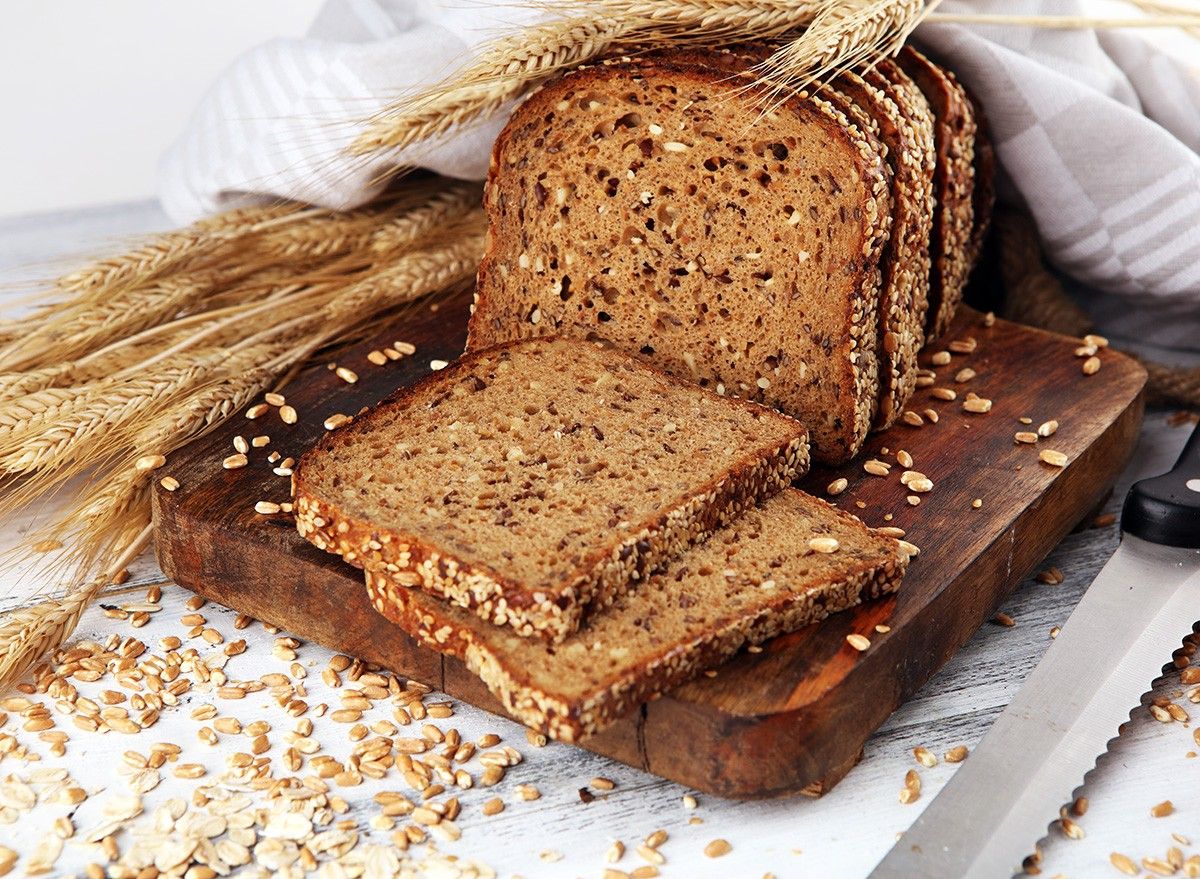
Opt for complex carbohydrates to encourage good sleep. "Embrace whole-grain bread, cereals, pasta, crackers, and brown rice," says the Cleveland Clinic. "Avoid simple carbohydrates, including bread, pasta, and sweets such as cookies, cakes, pastries, and other sugary foods. These tend to reduce serotonin levels and do not promote sleep."
RELATED: Top 8 Superfood Snacks You Should Eat Every Day to Lose Weight
Turkey
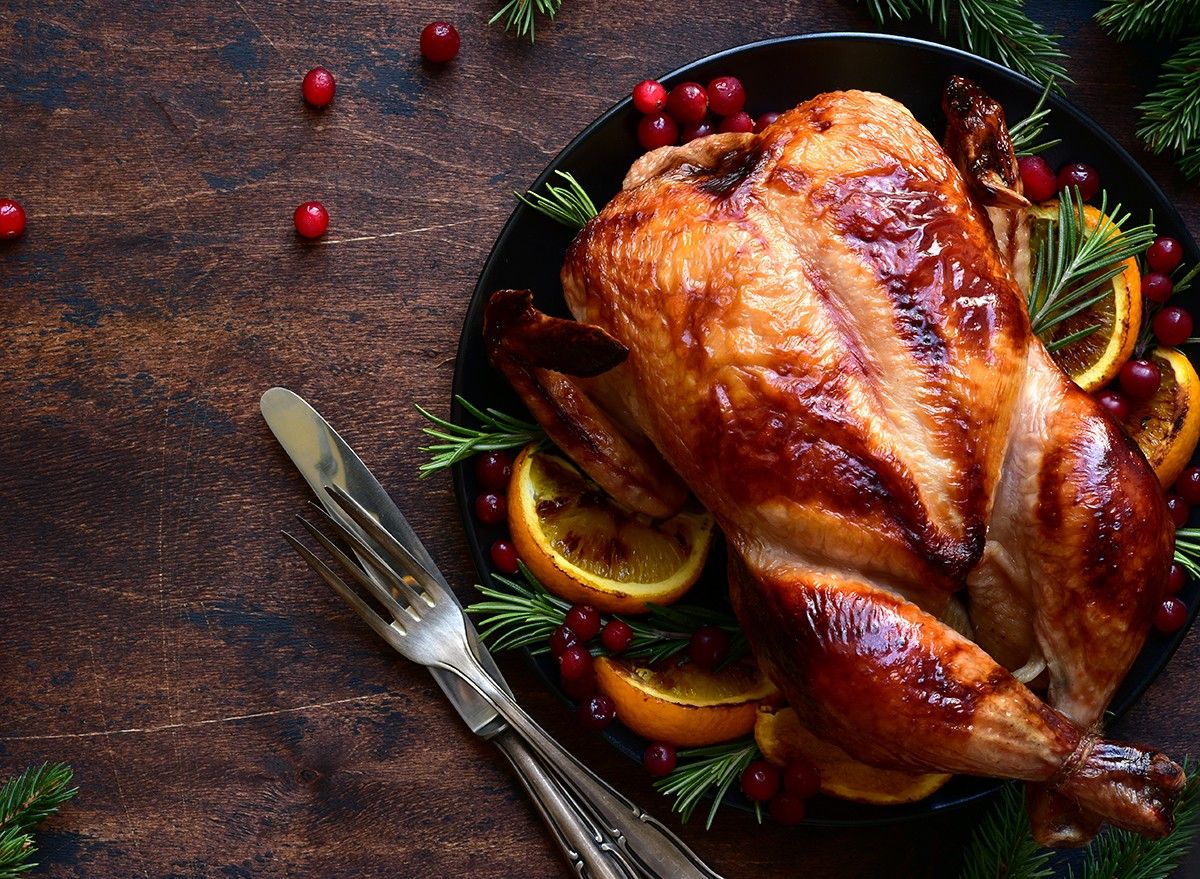
That post-Thanksgiving dinner slump is real! "Turkey is rich in the amino acid tryptophan, which your body uses to produce serotonin and melatonin," Cassetty tells AARP. "Carbs help you absorb tryptophan, making the combo better than turkey (or carbs) alone."
Warm Milk

There's a reason warm milk at bedtime is so soothing. "Calcium is also known to aid restful sleep which is why a nice warm mug of milk is recommended before bed!" says the Cleveland Clinic. "It is effective in stress reduction and stabilization of nerve fibers, including those in the brain. If it's a little nibble you're hankering after, oatcakes with cheese is a great bedtime snack as it contains complex carbohydrates and protein to optimize tryptophan levels."
RELATED: 20 Signs Your Body Is in Fat-Burning Mode
Fresh Herbs
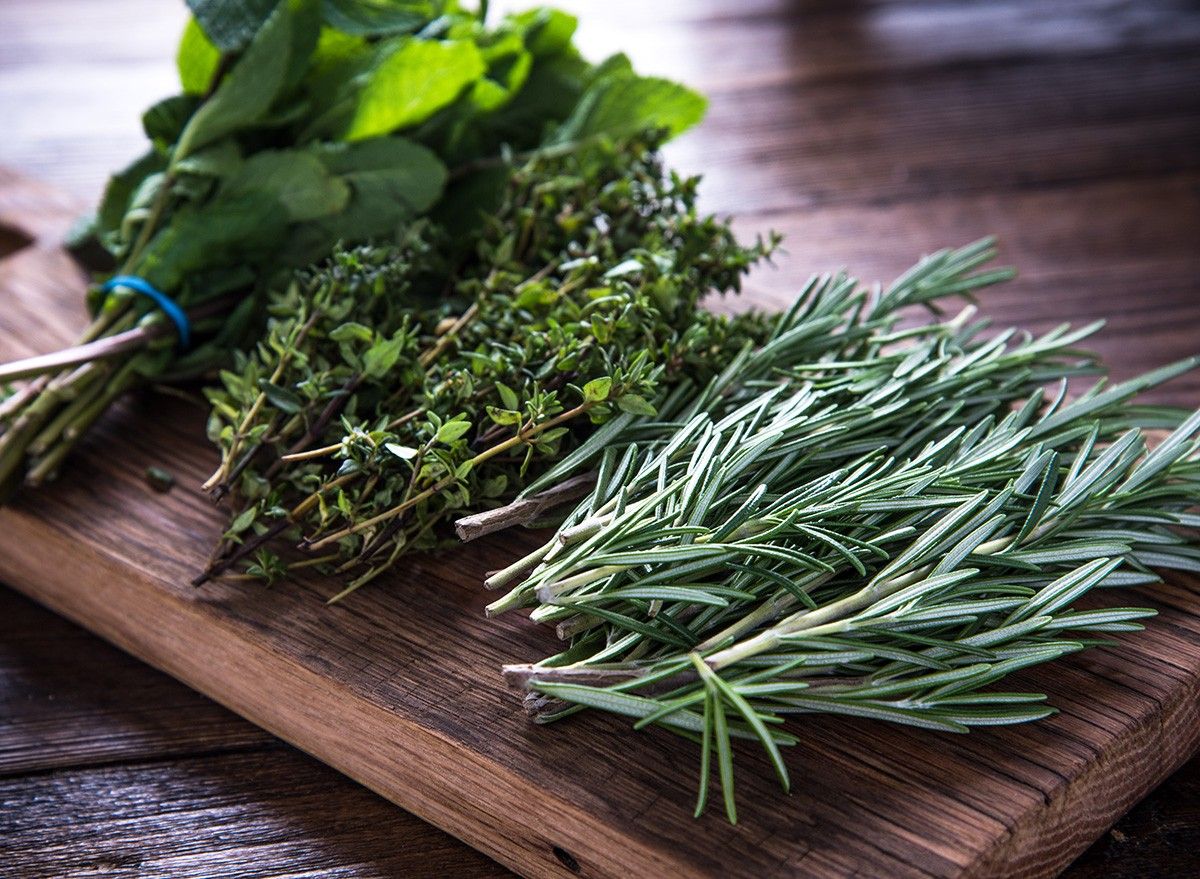
Fresh herbs can encourage restful sleep. "Fresh herbs can have a calming effect on your body," says the Cleveland Clinic. "For example, sage and basil contain chemicals that reduce tension and promote sleep. Try making homemade pasta sauce with sage and basil."
Caffeine-Free Tea
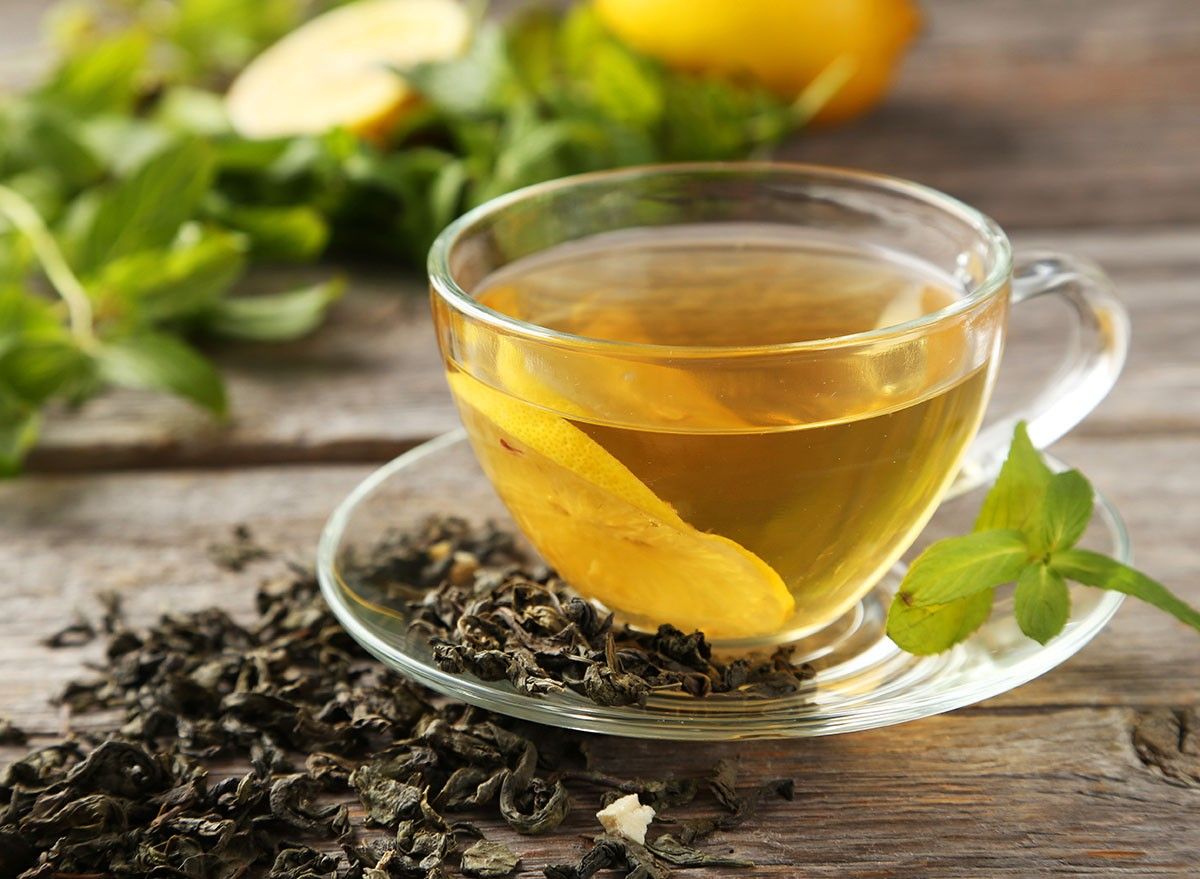
Chamomile tea is a soothing drink at bedtime. "Certain teas can help promote good sleep," says Kaiser Permanente. "Chamomile, for example, is an herb often used in tea and is known to help with sleep. One study found that chamomile can significantly improve sleep quality. You can find many chamomile tea options in your local grocery store. But whether you want chamomile, peppermint, or green tea, choose one without caffeine."
RELATED: 10 Ways Denise Austin Stays Fit at 67
Avocados
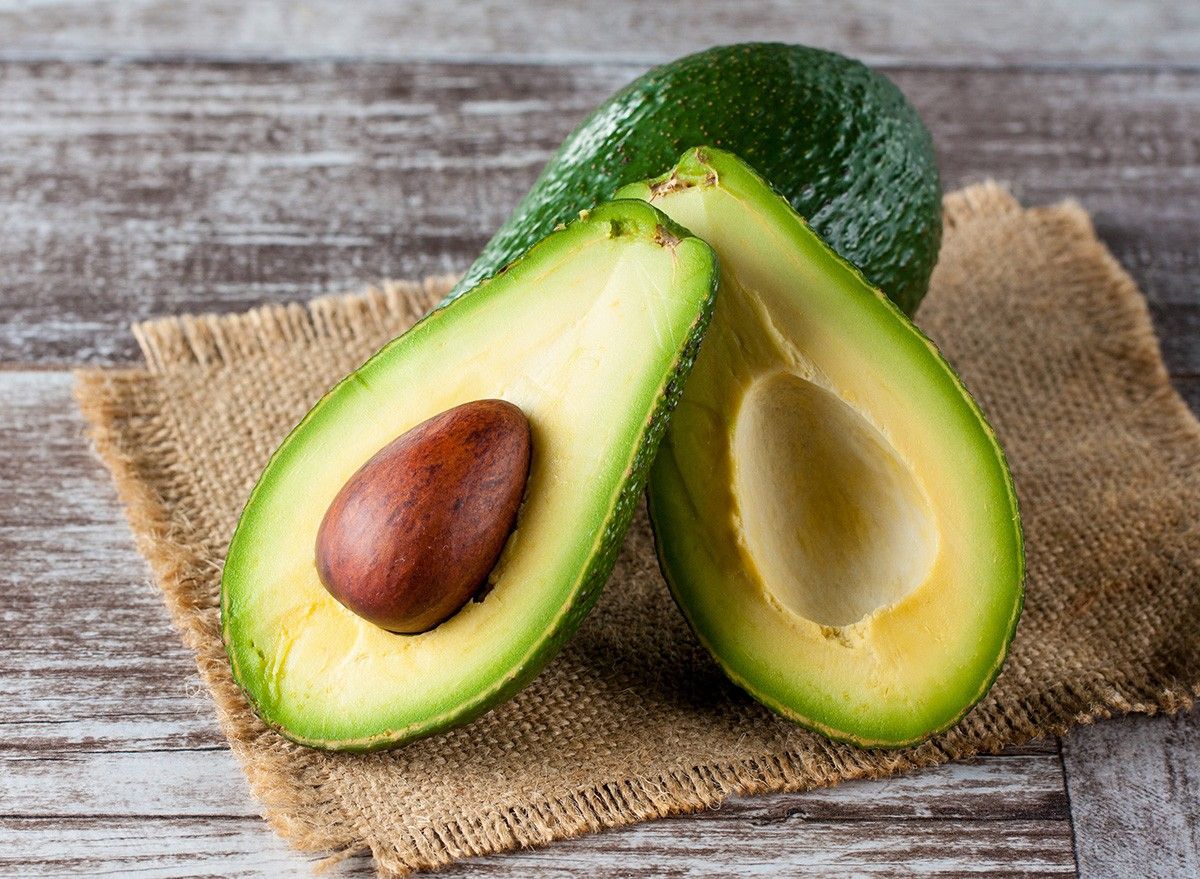
Try avocado toast for a light evening snack. "If you'd rather eat fruit with less sugar, avocados are a good choice," says Kaiser Permanente. "They're packed with vitamins and potassium, and they also have magnesium. This mineral helps your body with muscle relaxation, energy production, and more." And if you enjoyed this article, don't miss these 20 Superfoods for People Over 50.




